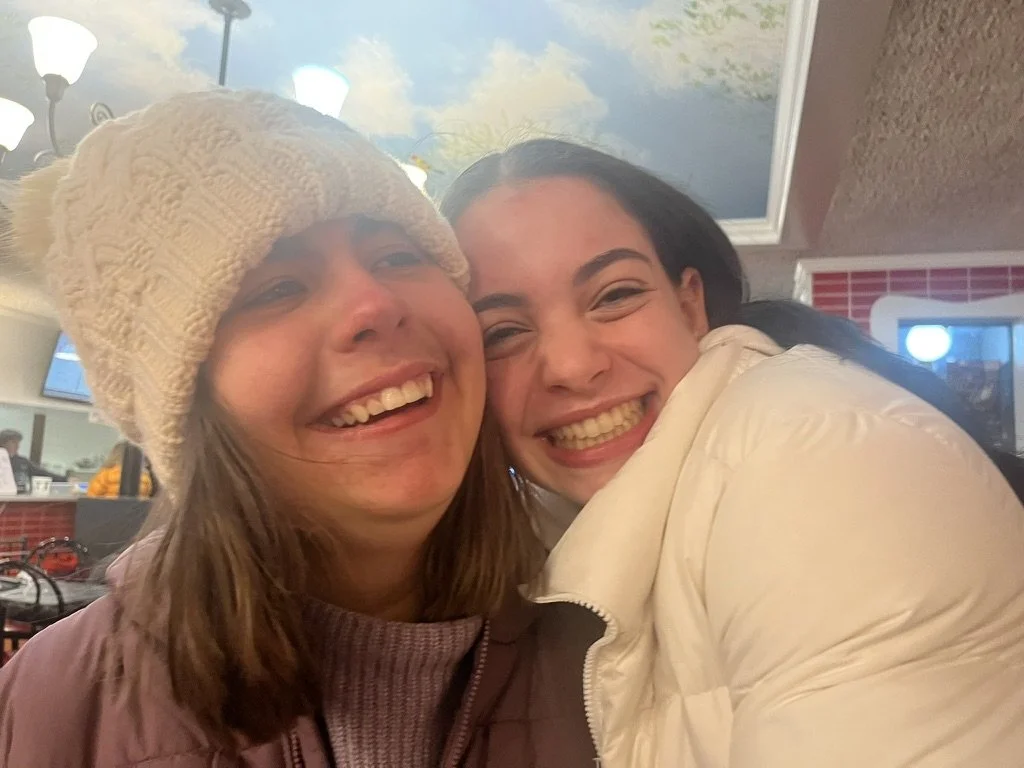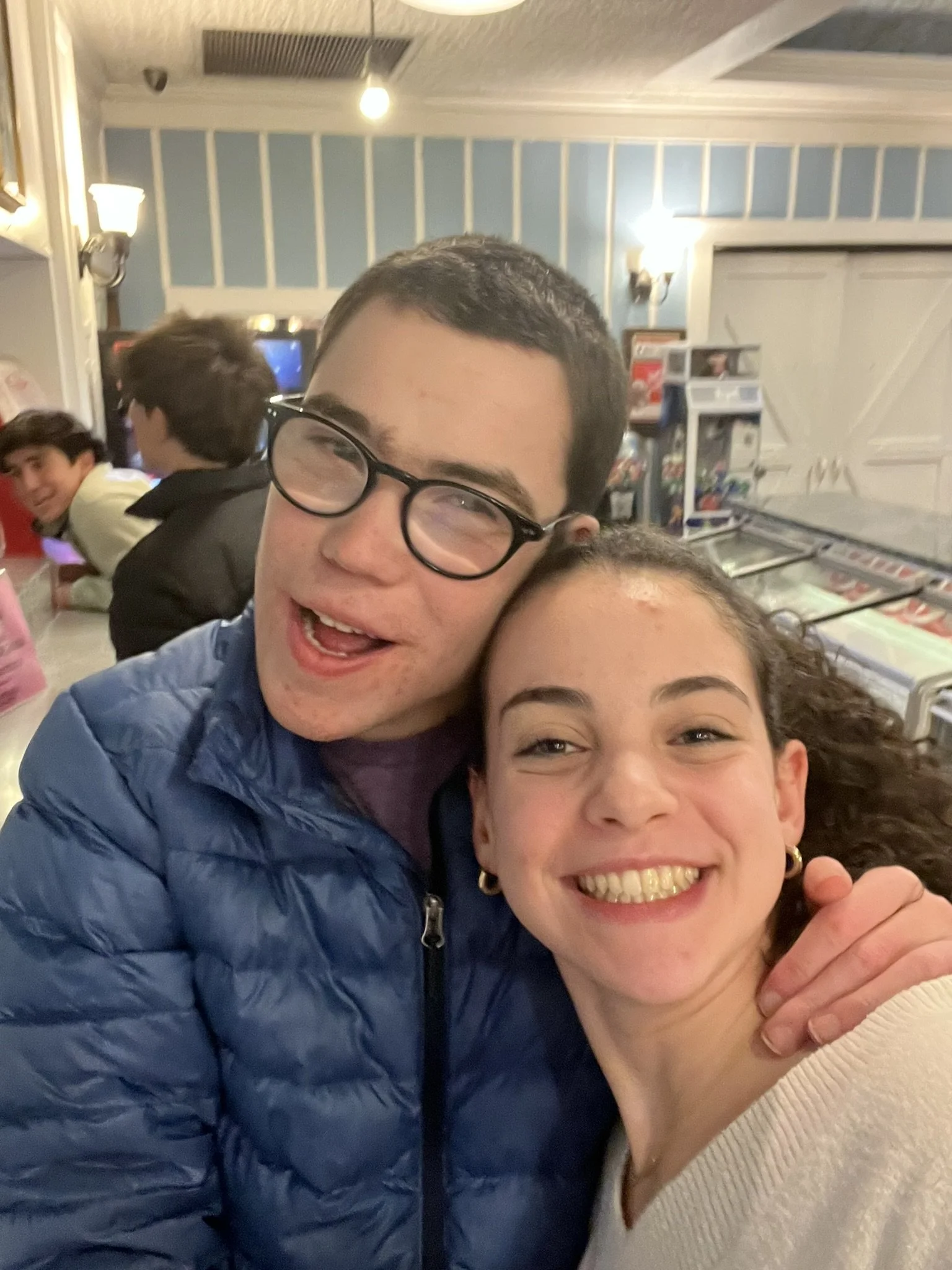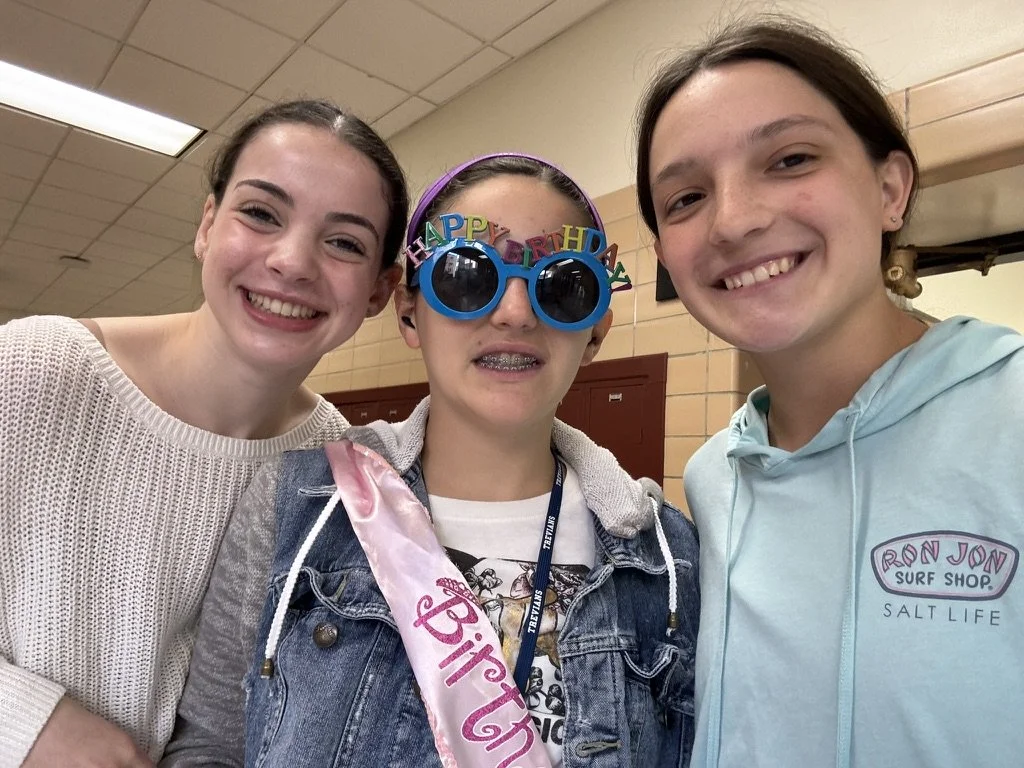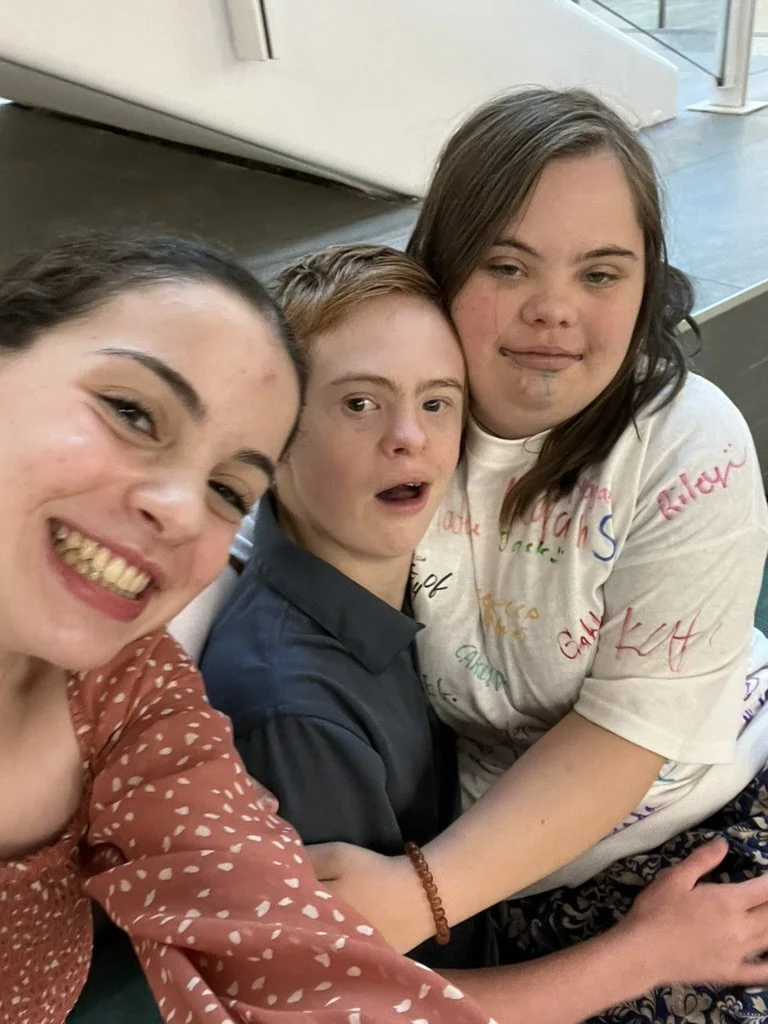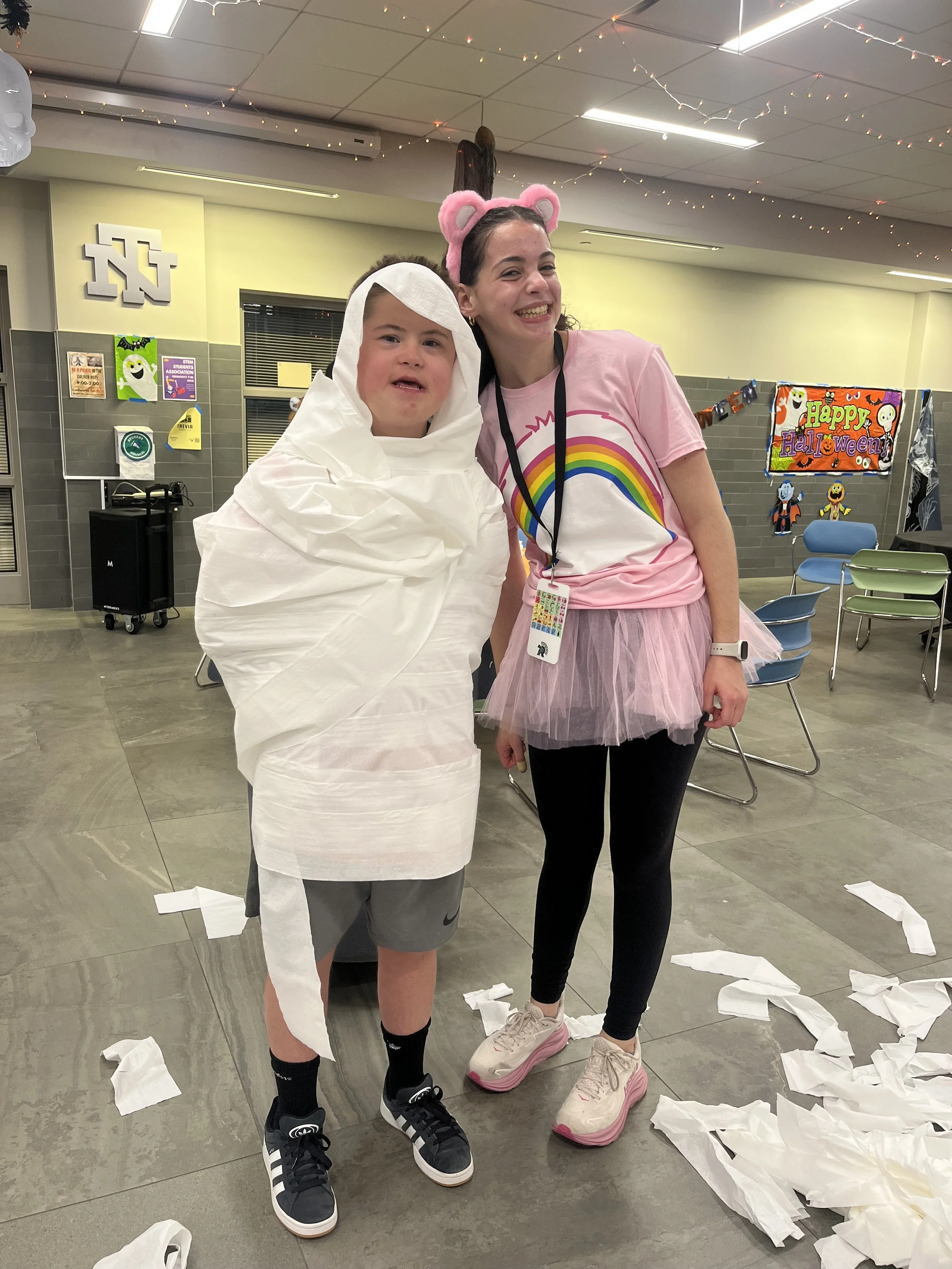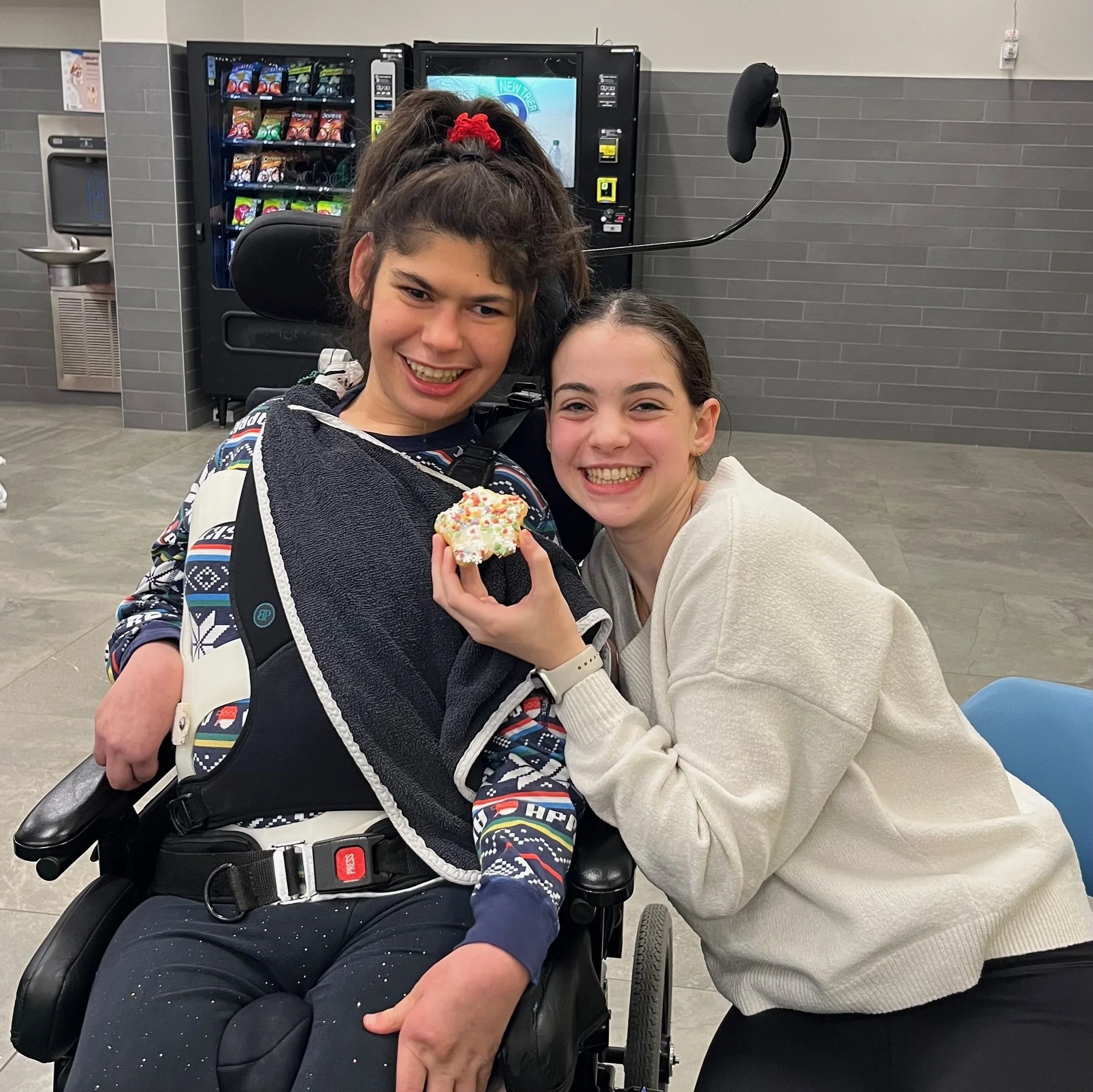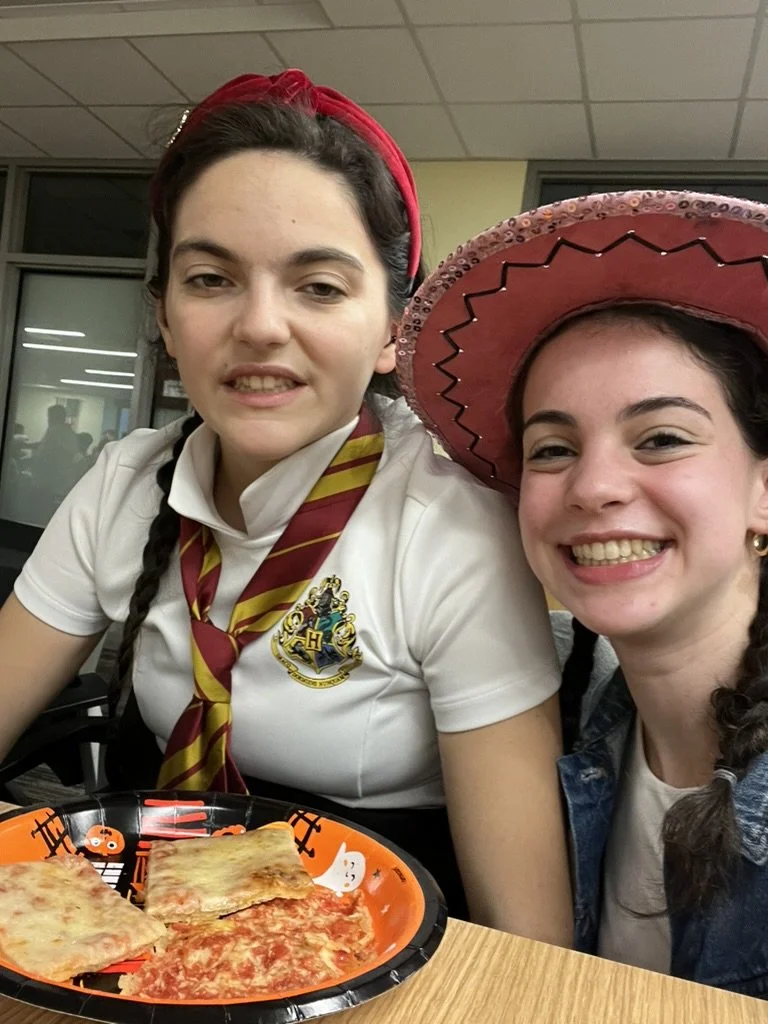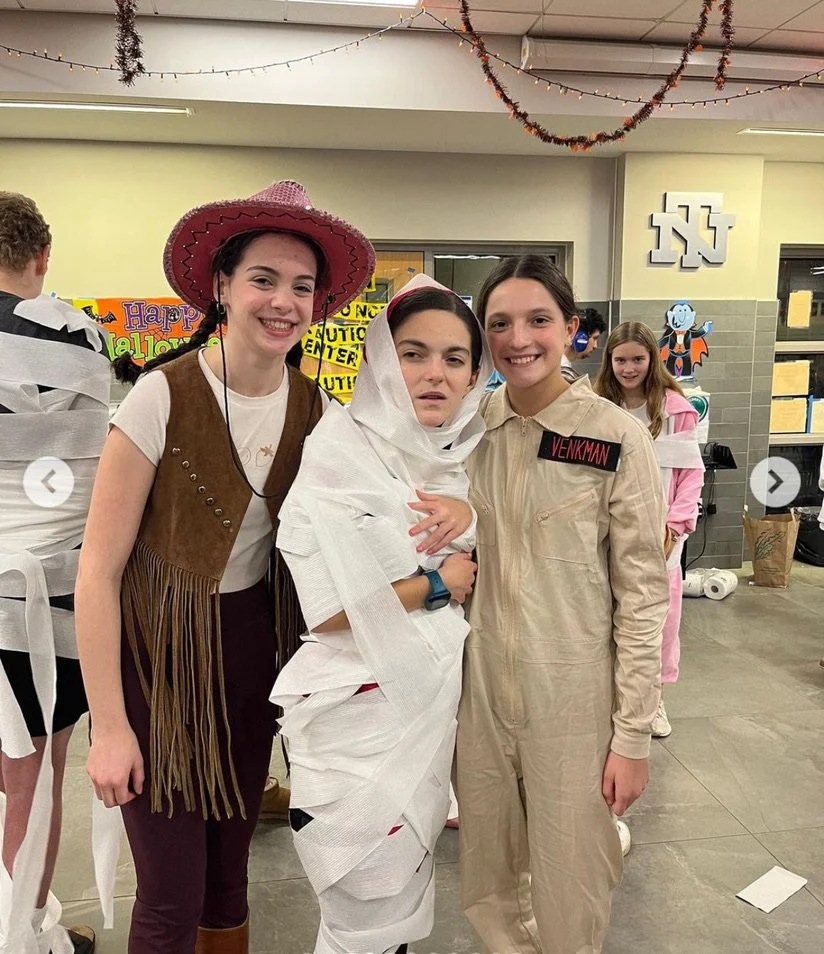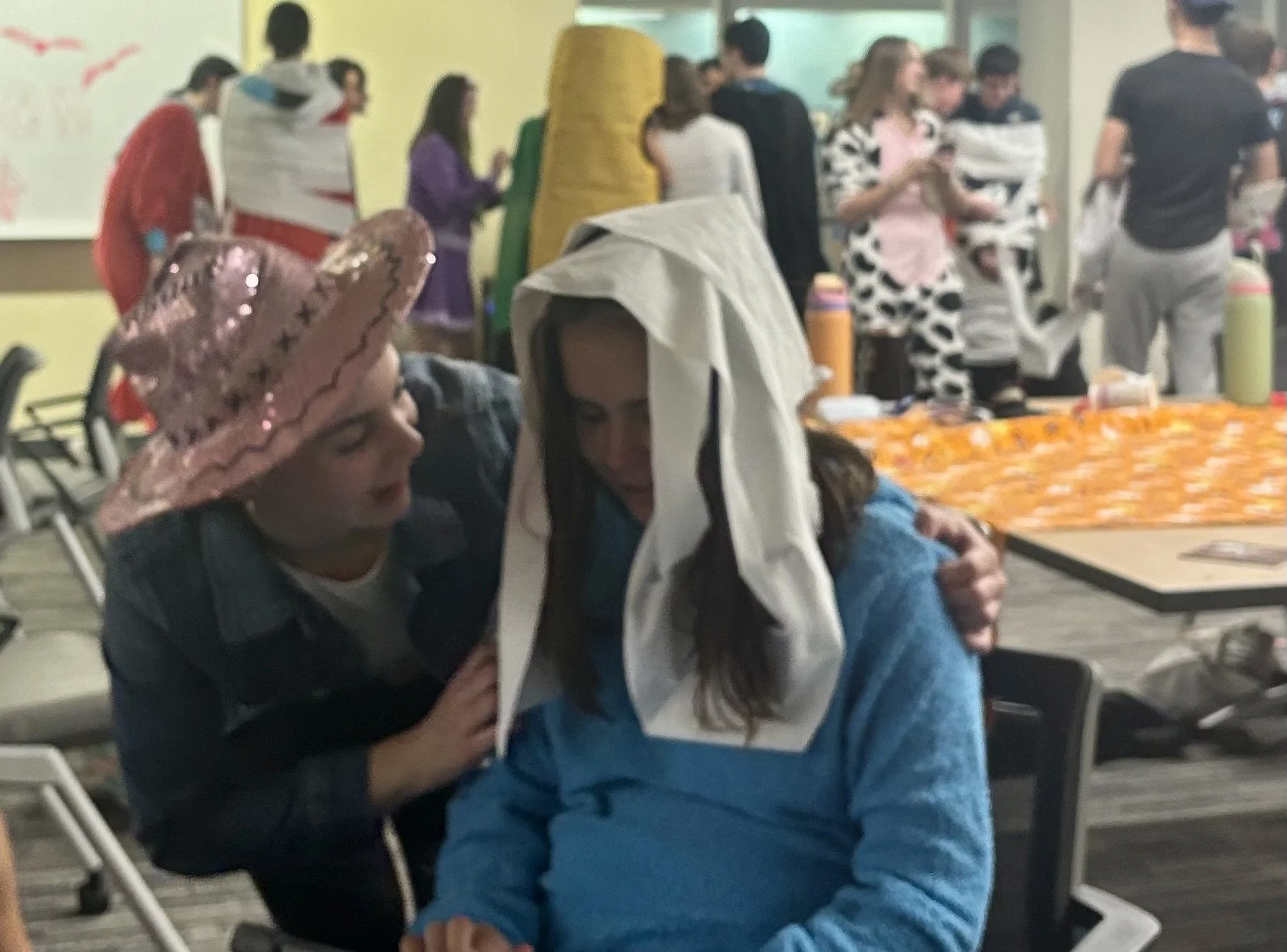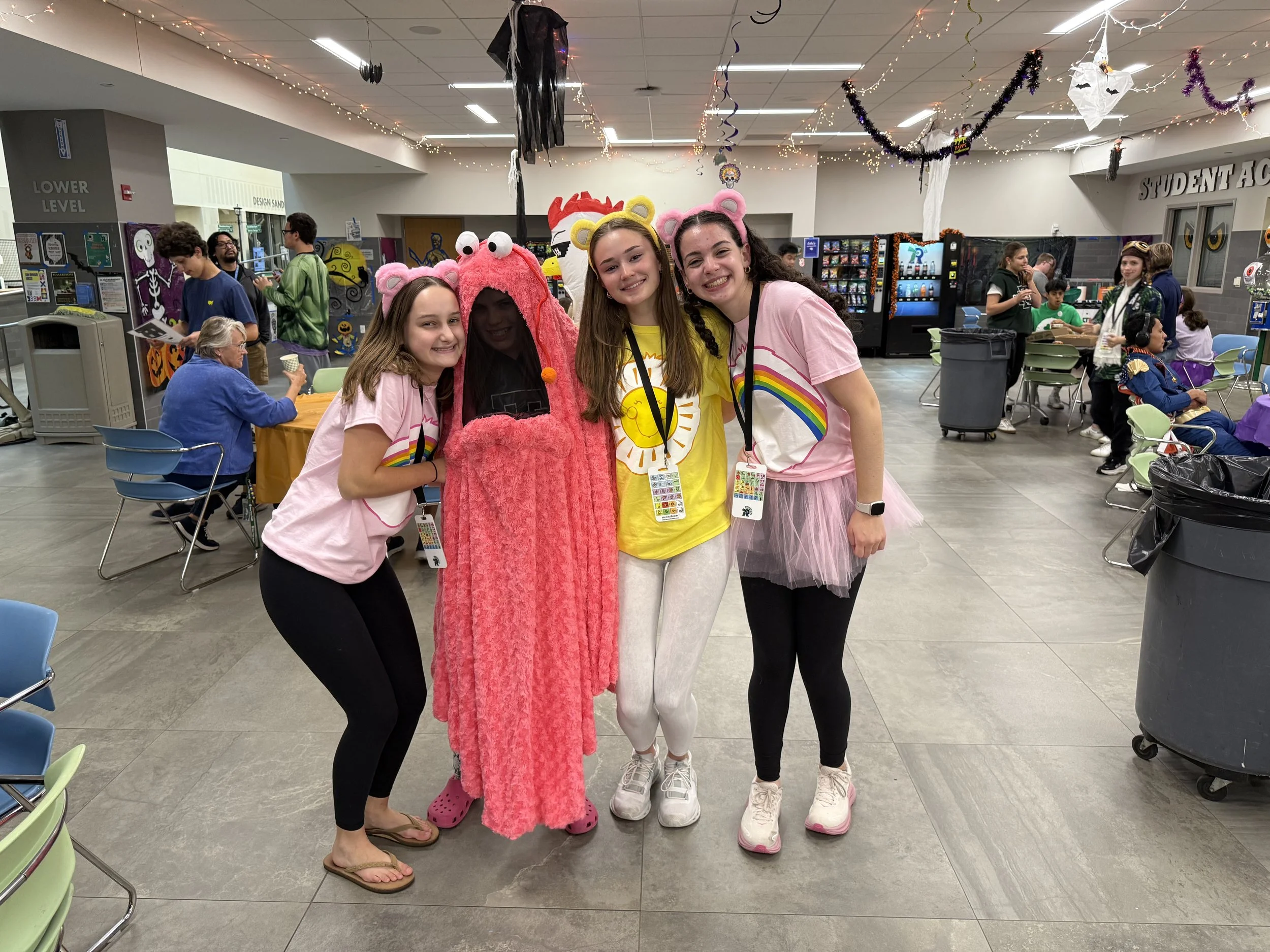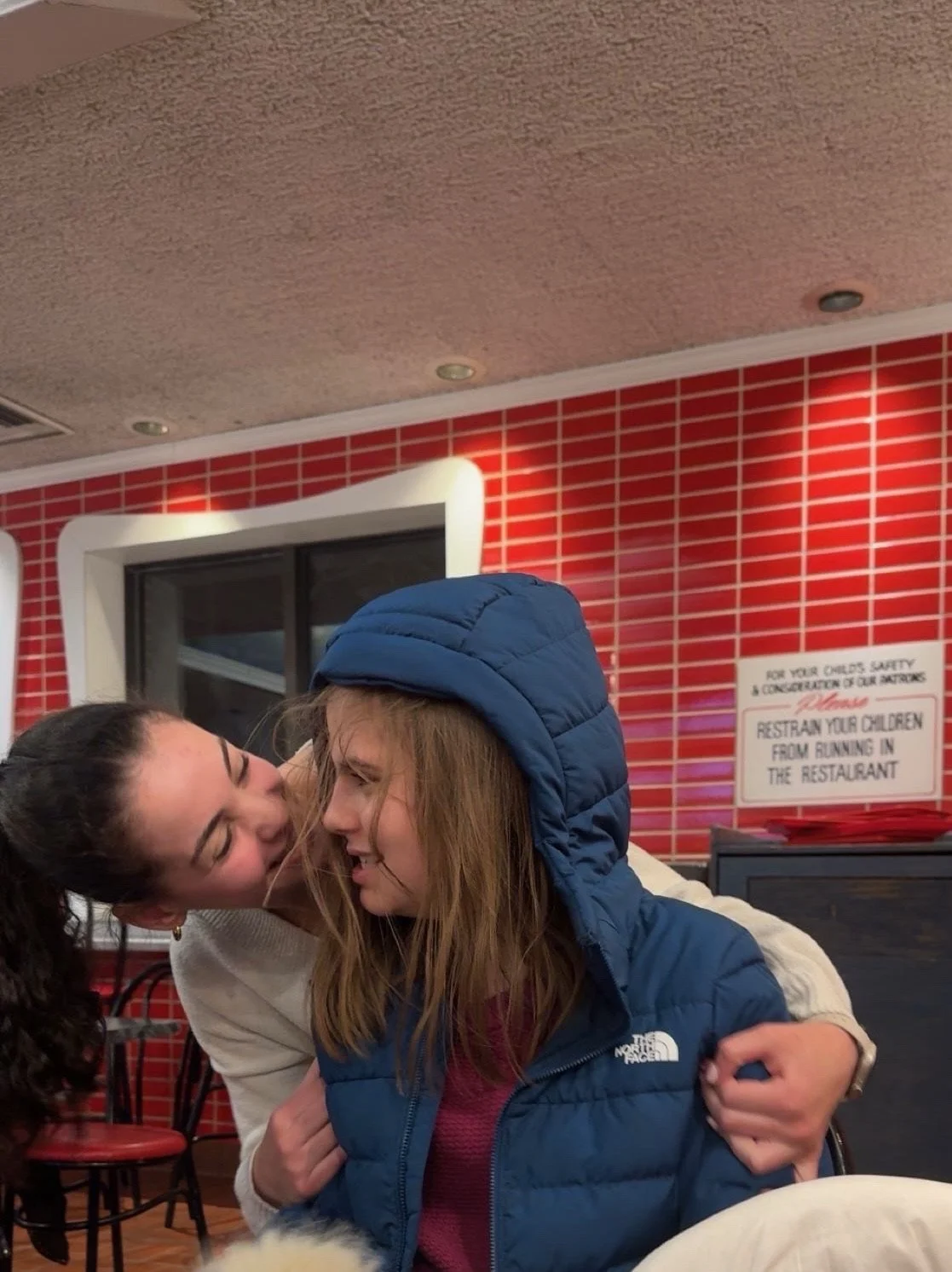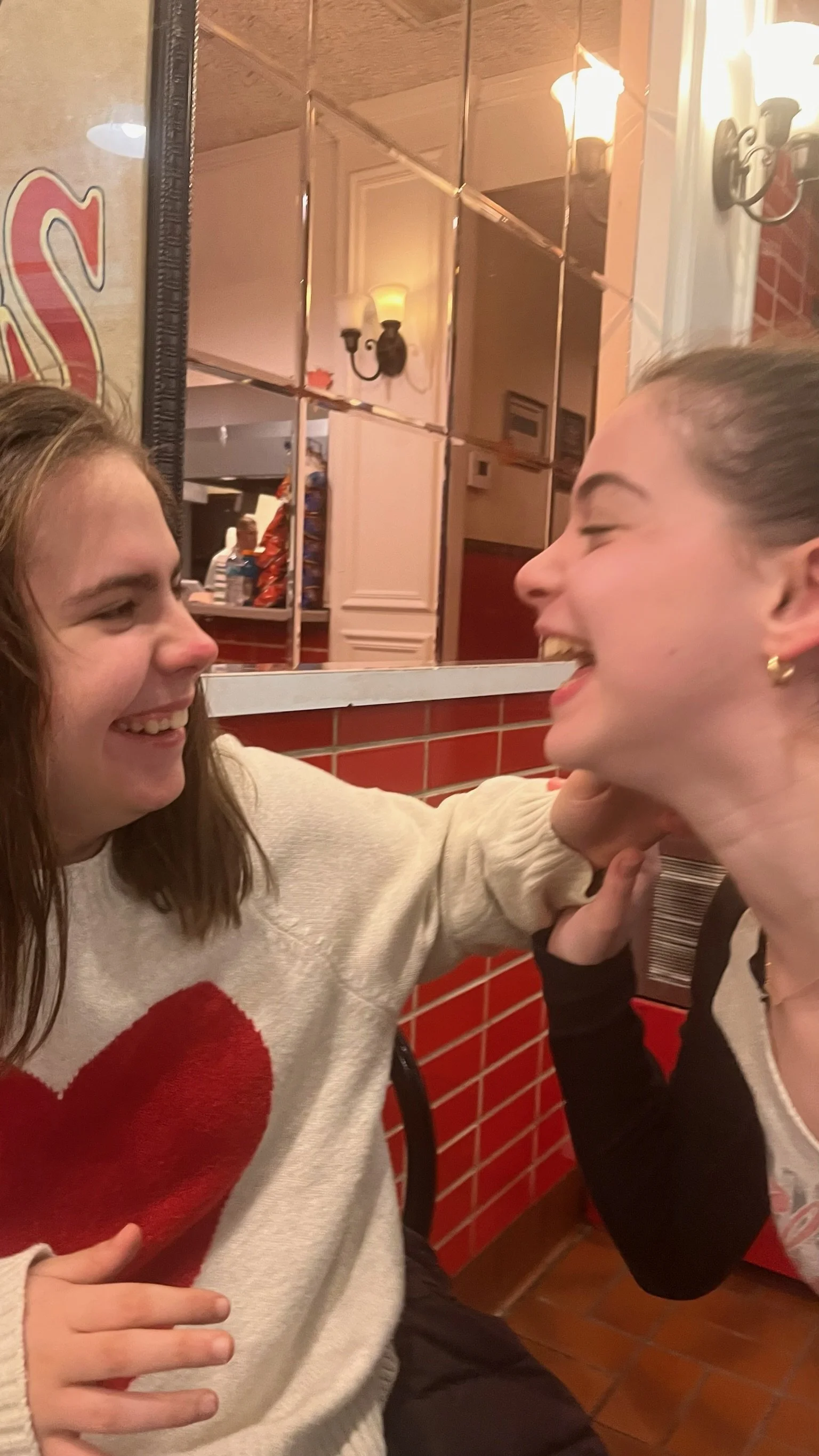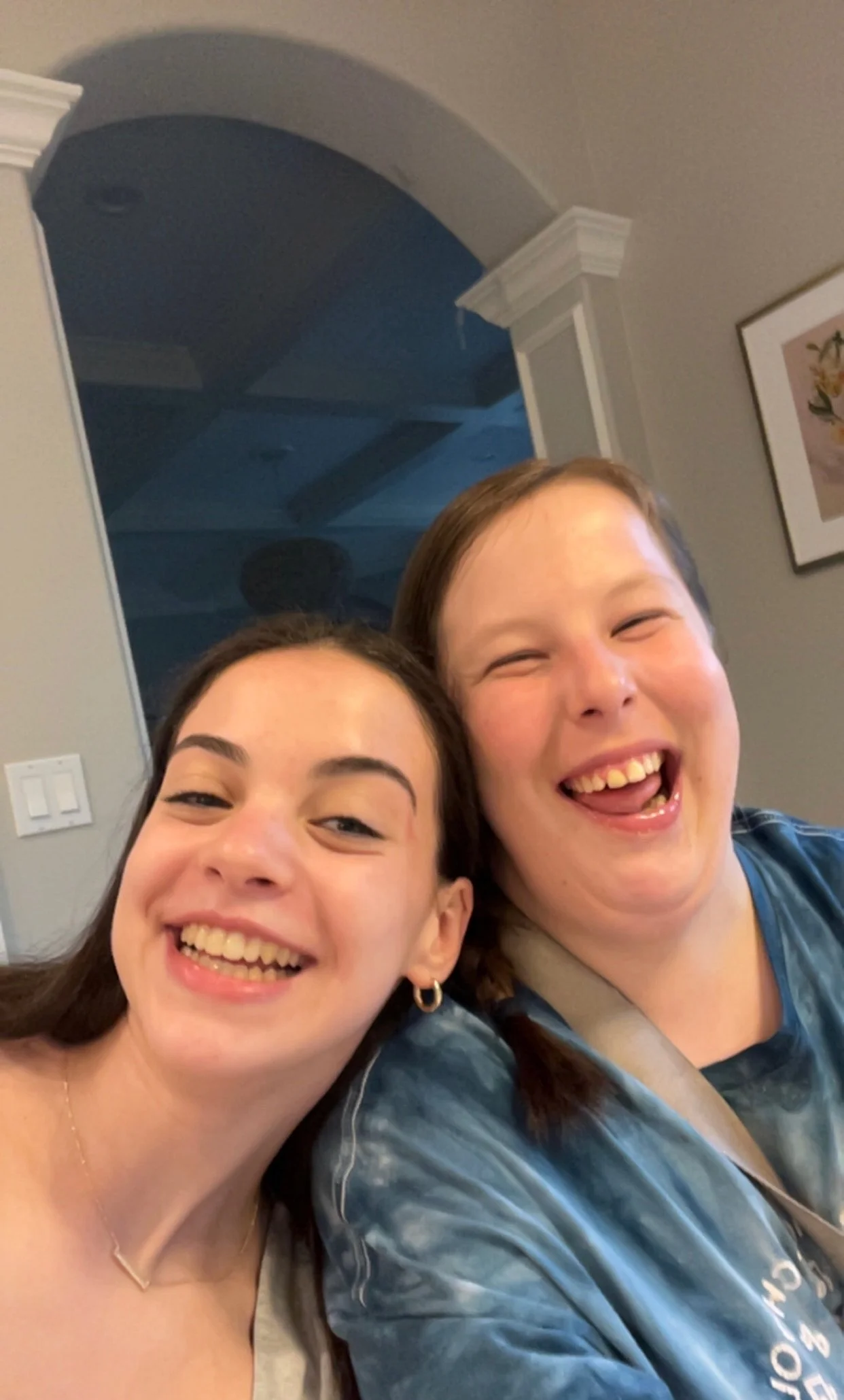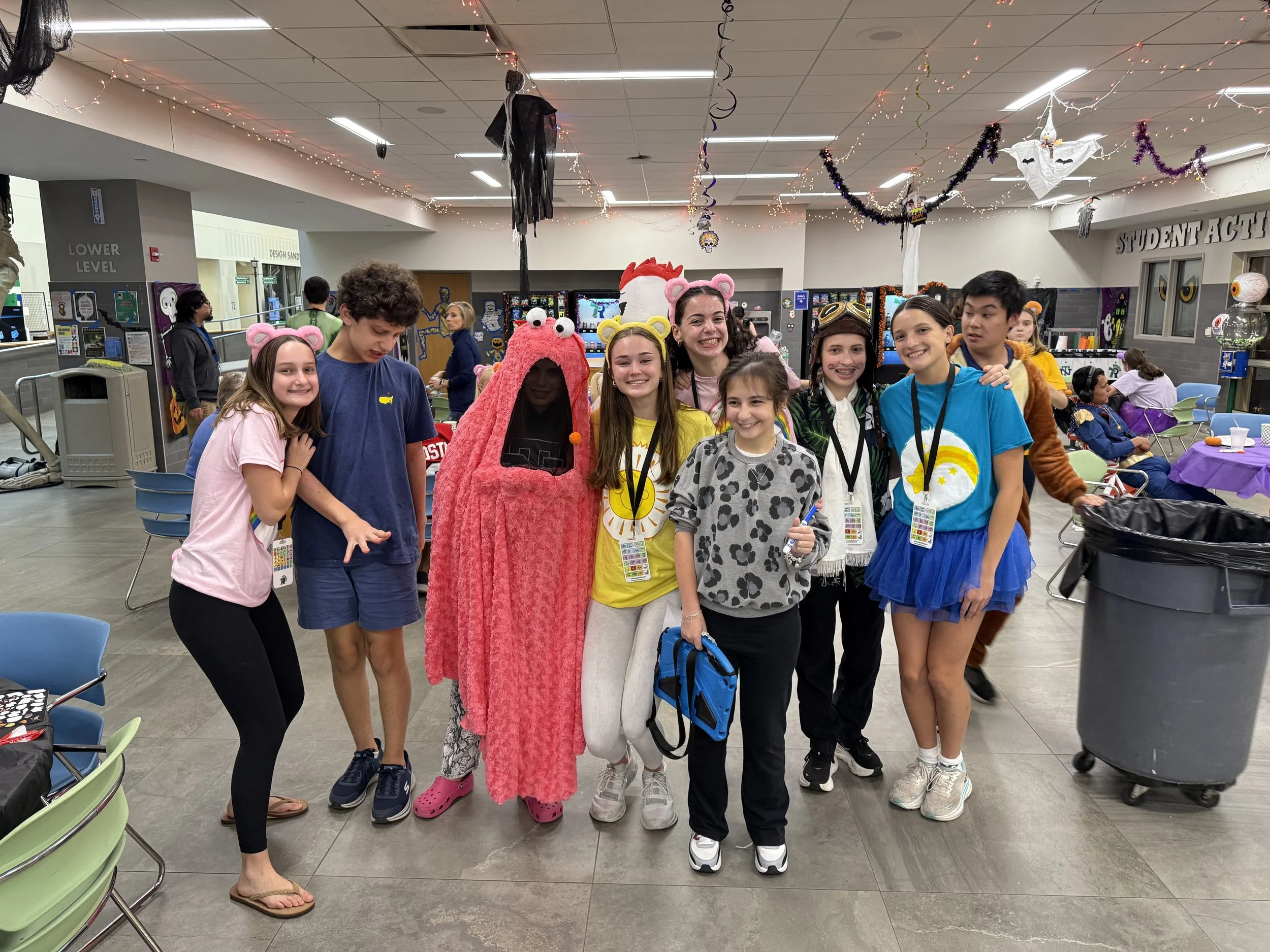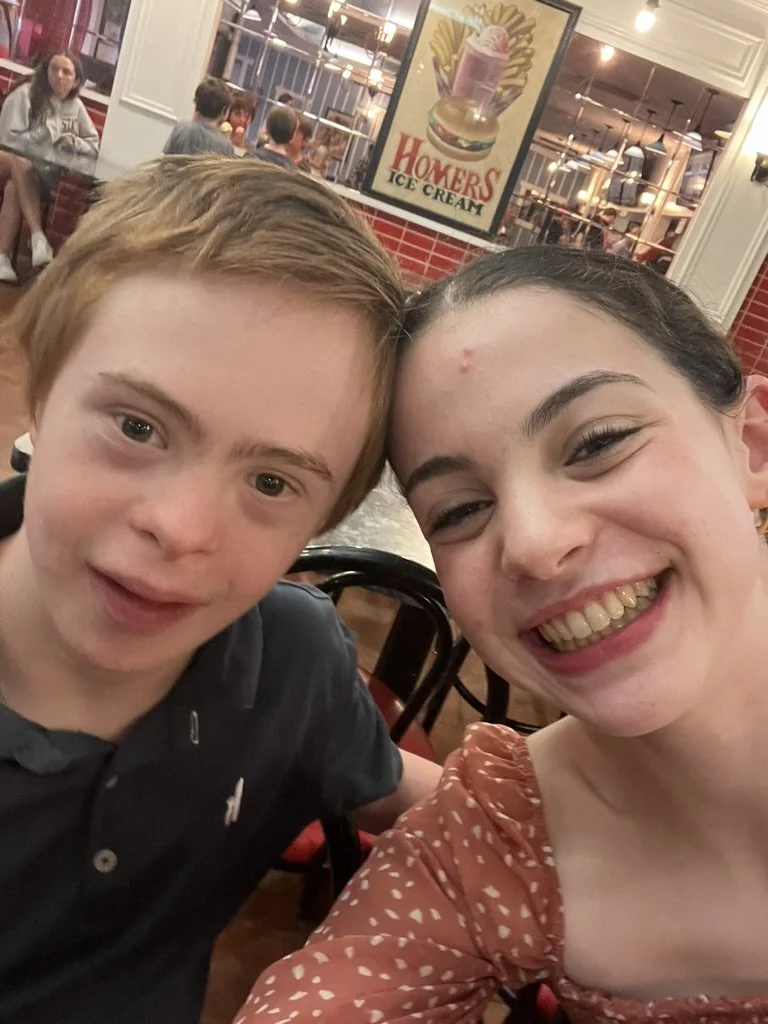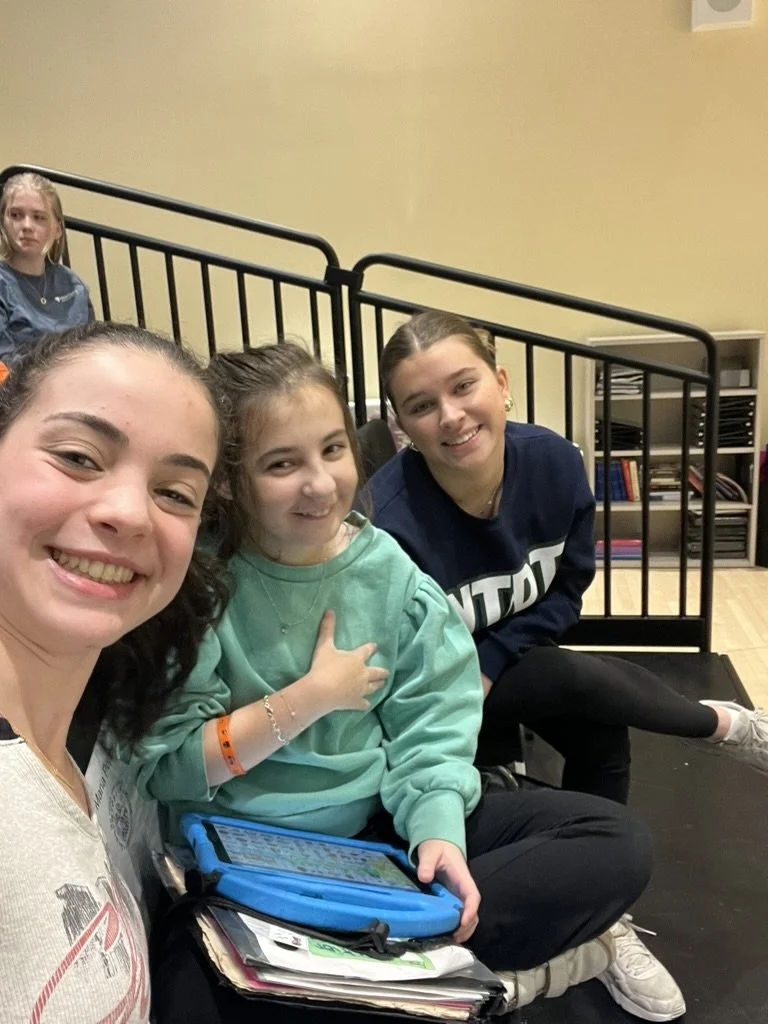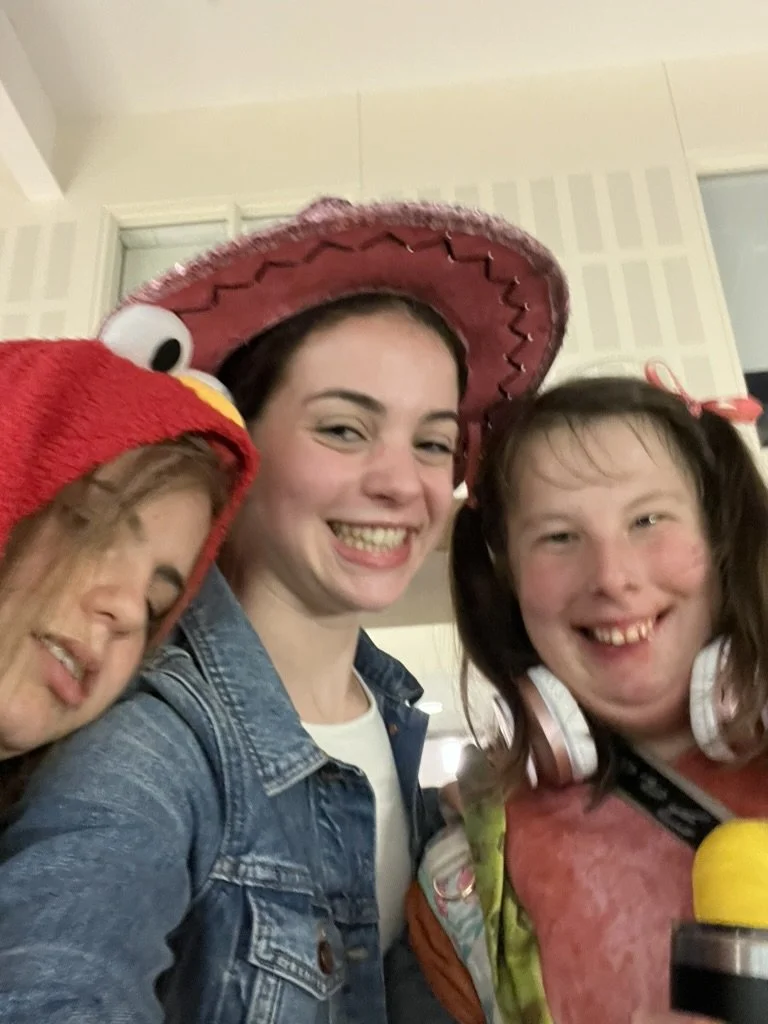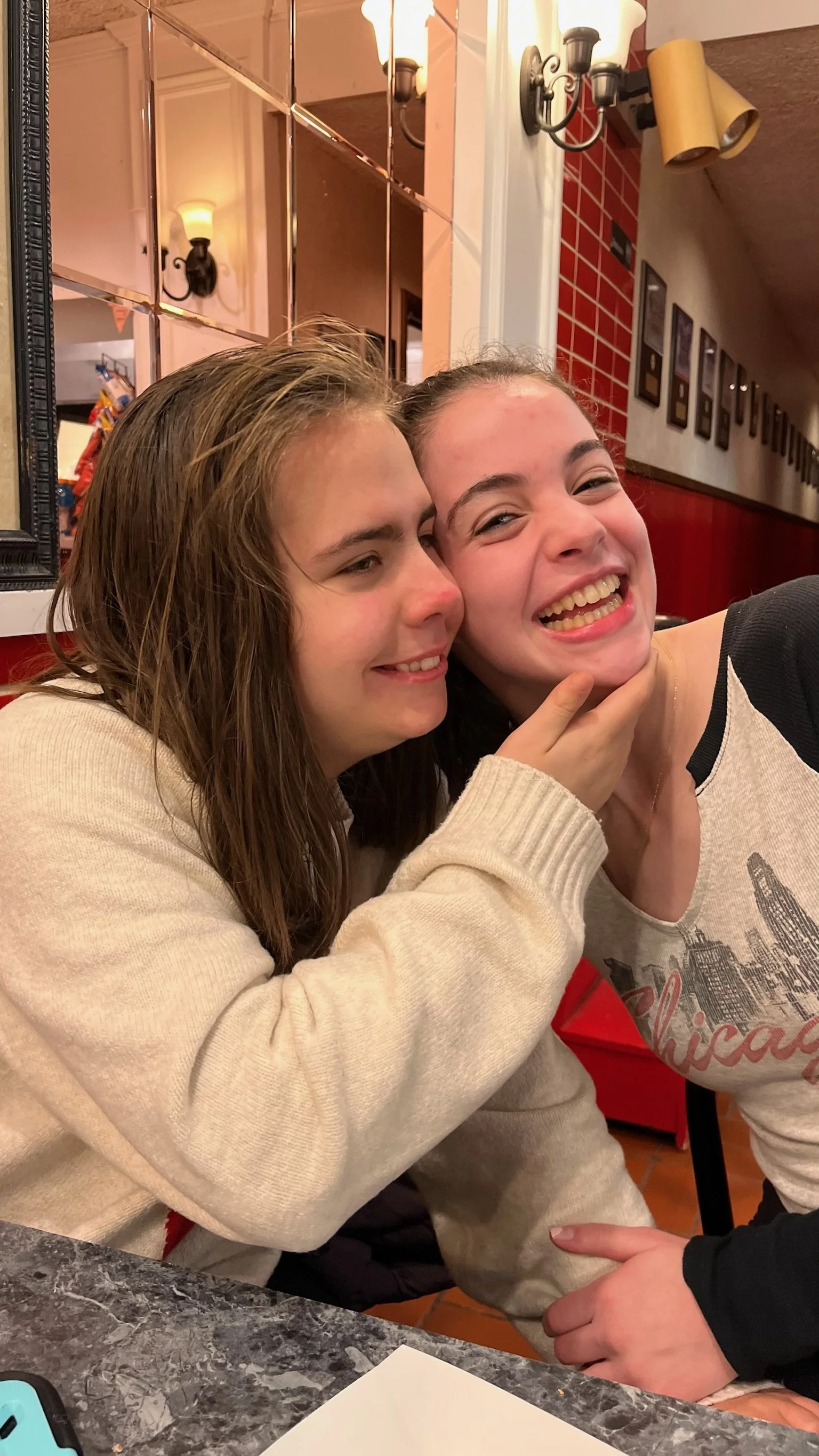Within the school setting I am both a peer ally and board member for New Trier’s Enriching Lives Through Service (ELS) club. As a peer ally I devote my eighty minute free periods to supporting special education students in their classes. From the position of a peer, a friend. One of my favorite, and most challenging, ELS assignments was in a gen-ed dance class. As it's primarily a gen-ed class, my role as a peer looks different than that of other ELS class assignments. The structure of the class isn’t targeted towards the ELS student in the class. As a peer in the class I adapt the warm ups, dance moves, and assignments so whoever I’m working with has the opportunity to be as successful as everyone else in the class. Another difference about being in a primarily gen-ed class for my ELS assignment is the automatic marginalization that happens, whether consciously or not, of the special ed students in the class. Without fail, every time the class is asked to select groups for projects, the special education students in the class are ignored; every time. There seems to be an unspoken assumption that the special ed students will just be doing something completely different—seperate from the rest of the class. Inclusion was such a significant part of this ELS assignment, and it has really opened up my eyes to how intentional and unrelenting I need to be when advocating for inclusion.
Many times the instructions given to the class as a whole in our dance class (my ELS assignment) are not accessible for all of the special ed students. As a peer in the class, and not a counselor in charge, adapting the activities has looked different. Instead of implementing an adapted version of the activity, I’ve tried to stick with modeling a different version instead. In this way, students have options of how they want to participate, without feeling that there is only one “correct” way to engage. I’ve found this approach to be so helpful, and even more effective than explicitly explaining the adaptations. While I originally made this shift in order to ensure I was being a friend and not an authority figure, I’ve learned that just the action of modelling without explicit verbal instructions usually works very well, if not better than explicit instruction–especially when coming from a friend. No one wants to be bossed around by their classmates, but especially not by their friends. The relationships I’ve built with so many ELS students throughout my time in ELS Club are some of the most valuable relationships in my life, and I wouldn’t want to do anything to jeopardize what I have in each and every one of my true friendships.
As a member of the ELS Club Board, I have the opportunity to lead all club meetings, organize and facilitate club events and fundraisers, and my personal favorite responsibility, leading club inclusion trainings. I collaborate with other board members to throw themed ELS parties every month, creating a space and opportunity for all club members to come together, socialize, play games, eat pizza, and have the best time. Some fan favorites have been our fashion show modeled Halloween party, our winter skating party, and our annual Thanksgiving potluck! Everyone is invited, every time.
ELS is truly my happy place, where I get to be with my people.
